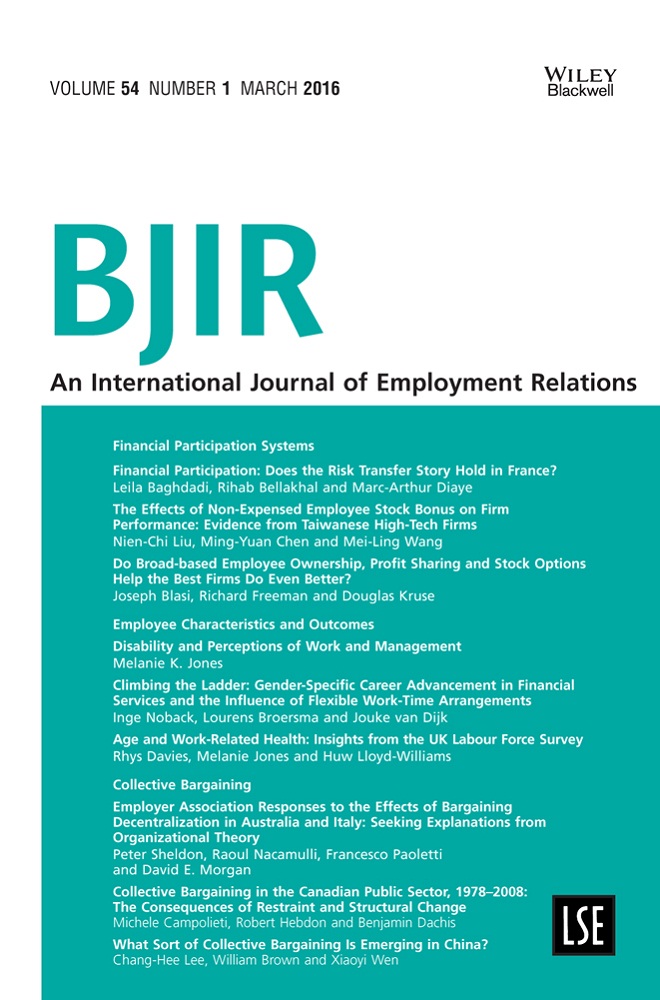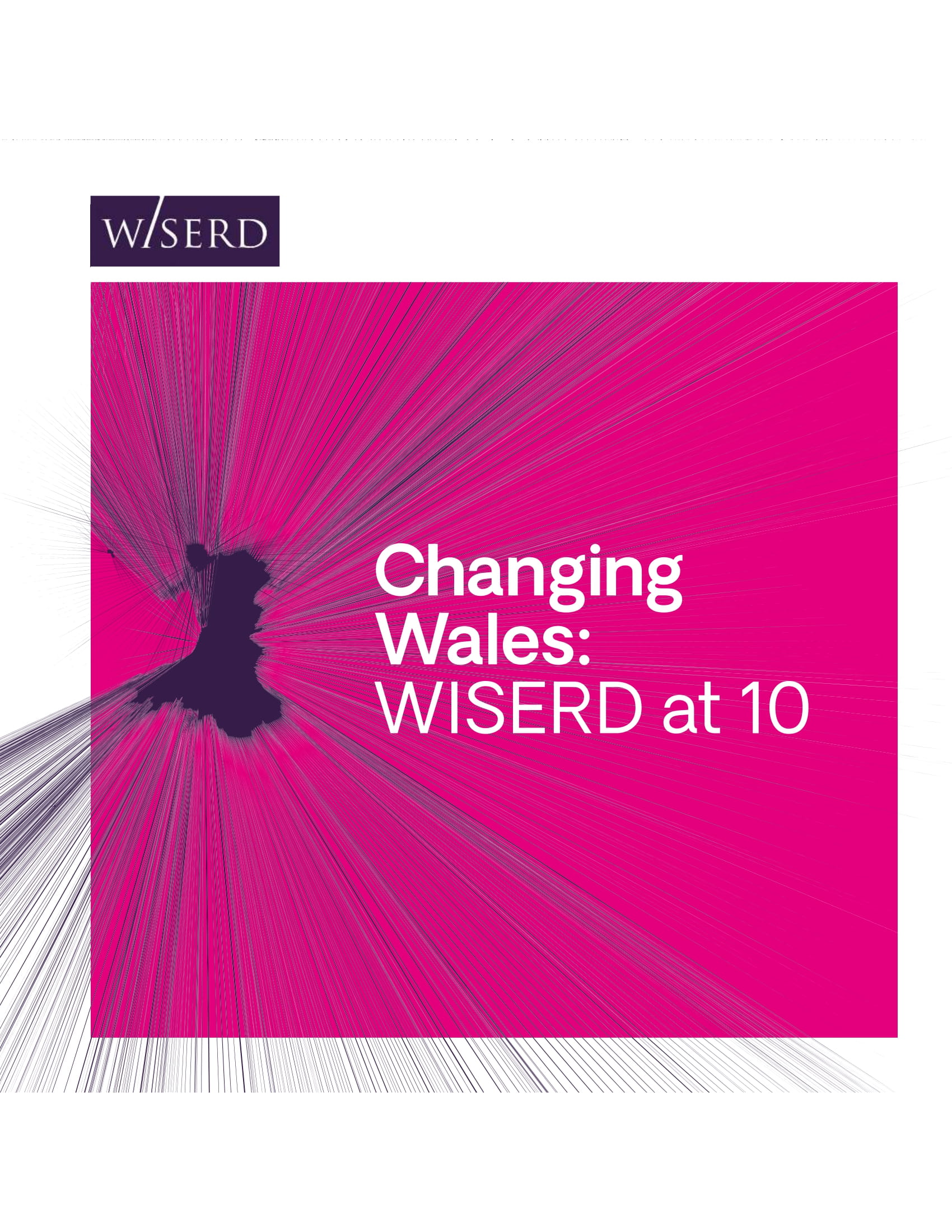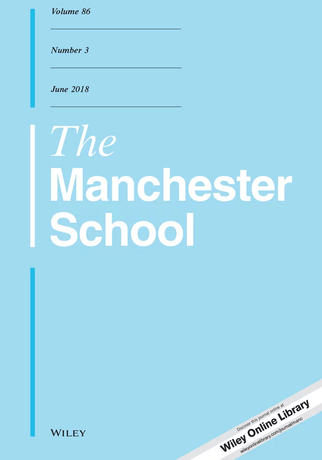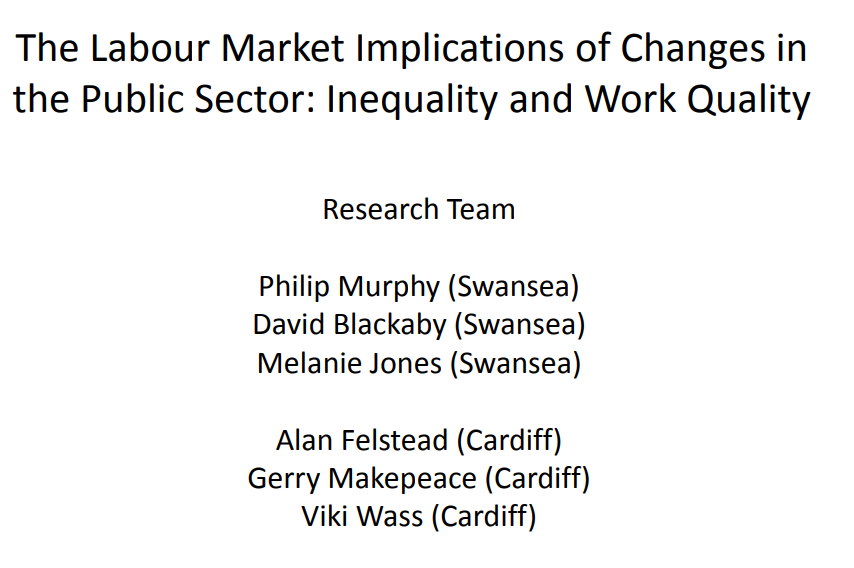Pay determination and outcomes in the public sector
Data from the Labour Force Survey was used to investigate public sector wage differential in the UK 1994 to 2012. In the first of a set of analyses, three separate sub-periods are considered in detail, each characterise broadly different government policy stances towards the public sector and different underlying economic conditions. The different sub-periods analysed were 1994 to 1999 (economic recovery with fiscal prudence); 1999 to 2007 (economic growth with ‘relaxed’ fiscal control); and 2007 to 2011 (impending financial crisis, recession and fiscal austerity. The pay differential has fallen over the period examined with reductions sharpest in the period 1994 to 2007. Subsequently the differential either stabilised or improved. However, some workers were more affected than others. For example, while public sector workers at the bottom of the earnings distribution did not see a significant deterioration in their relative earnings position, those in the middle and top end of the distribution did. ). Typically, the public sector wage differential is higher for women than it is for men. In a second study the widely cited IFS estimation of the public/private sector pay differential is subject to a number of simple robustness checks. The results presented are based on a linear regression of log-hourly earnings against independent variables including gender, region, occupation, education and plant size. Both studies are extended using six new quarters of Labour Force Survey (LFS) data where the data are split into two sub-samples: 2009Q1-2010Q4 and 2011Q-2012Q3. Quantile regression is used to examine whether the estimated pay premium varies across the distribution of pay.
A separate study examines the impact of the UK Public Sector Pay Review Bodies (PRBs) on the pay of their remit groups comparing the real weekly earnings of workers using ASHE and LFS data from 1993 to 2007 for 10 occupational subgroups. Using consecutive difference-in-differences we can identify whether the PRBs have had an impact by comparing the differences in pay for different occupations in successive time periods. Our examination of the annual changes in differentials suggest that the PRBs may have had relatively little systematic impact on earnings over and above that observed for comparable individuals working elsewhere in the public sector.









